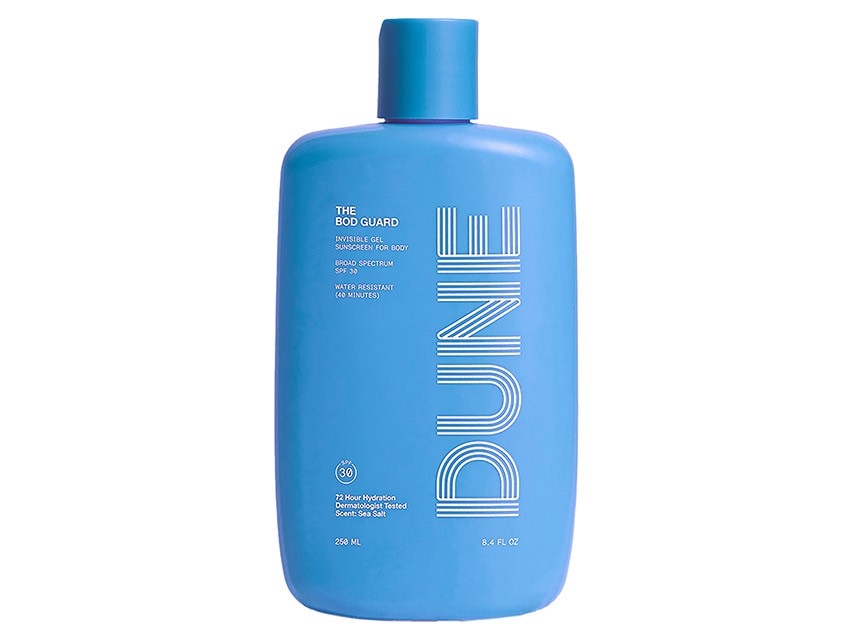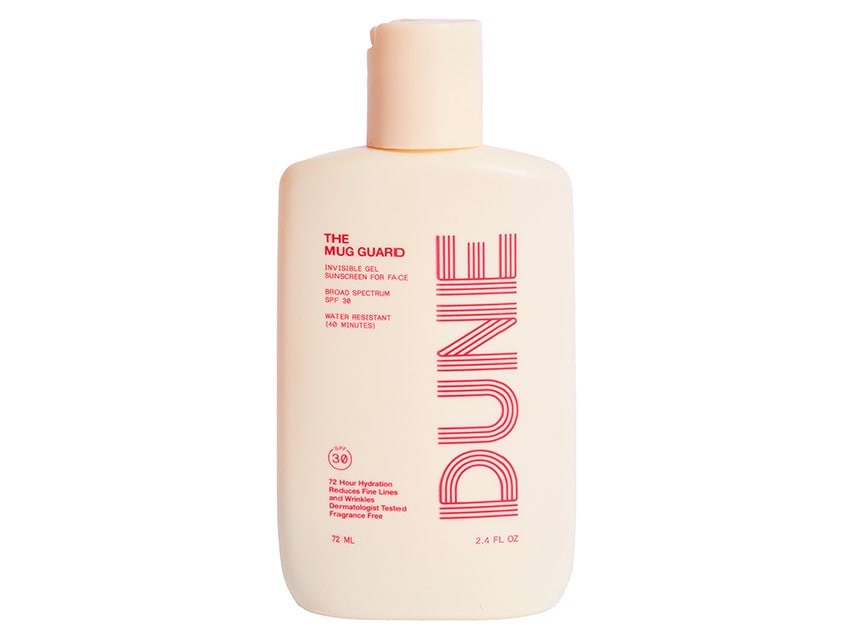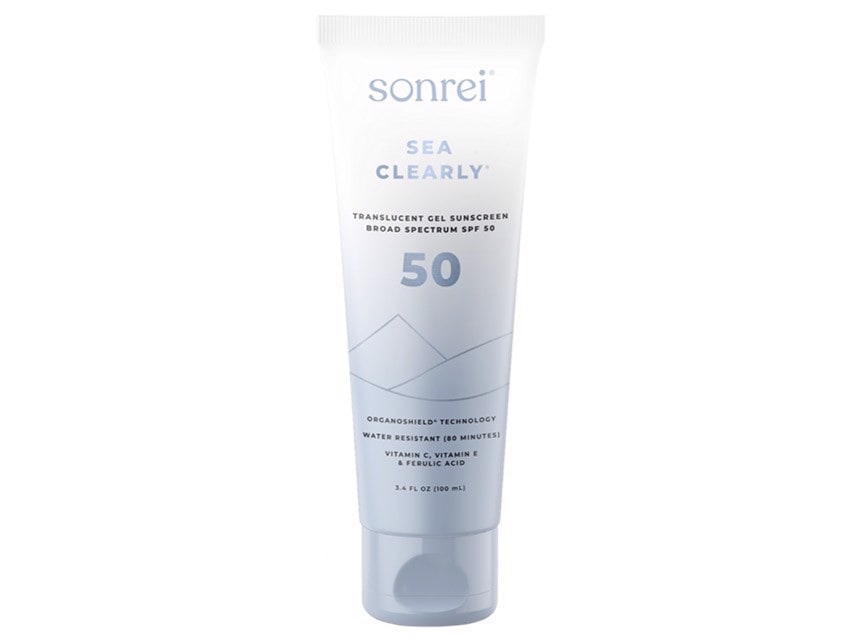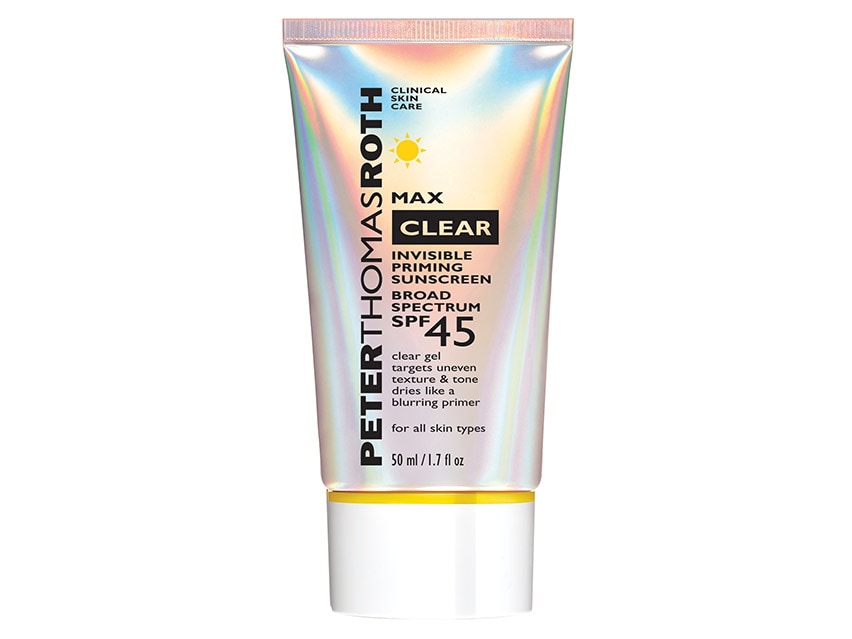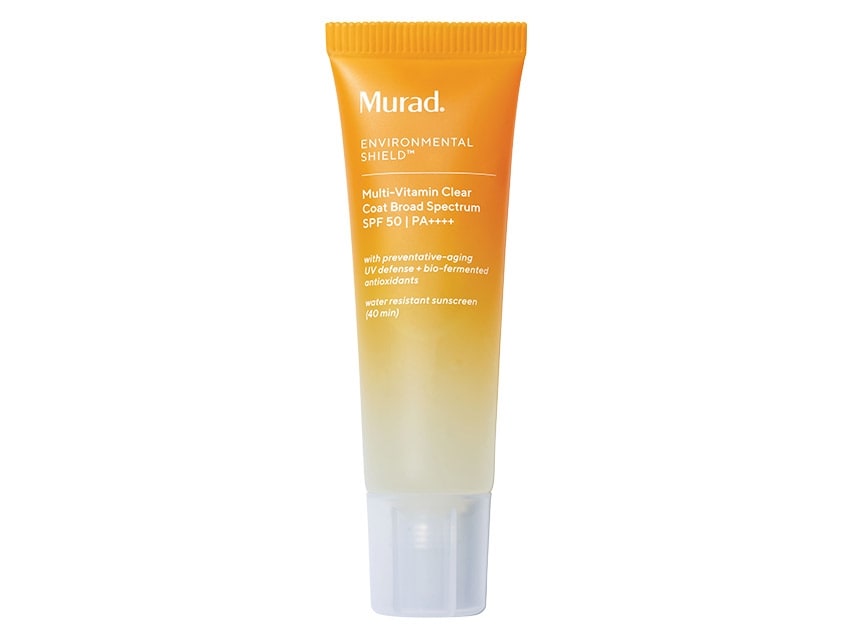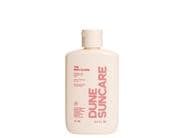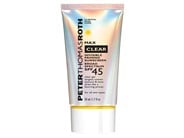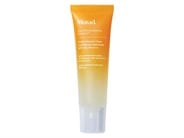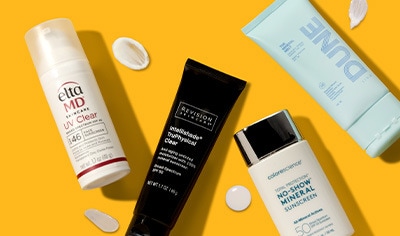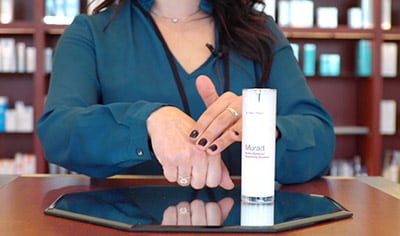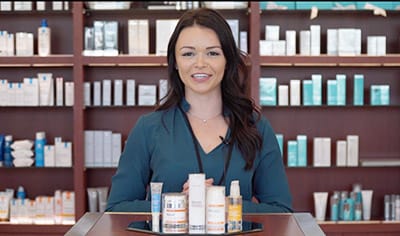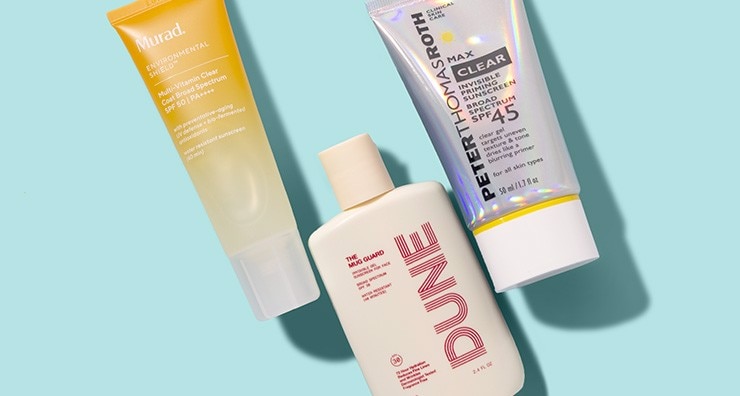
If you’re used to wearing a traditional cream-based sunscreen, you might feel a little wary about the new gel sunscreens on the market. After all, can something that’s completely clear really protect your skin from the sun? Just in time for summer vacation as well as trips to the beach and pool, we’re ready to answer all of your questions about gel sunscreens, including:
Are gel sunscreens effective?
Gel sunscreens have a lightweight texture and transparent formula that absorbs into your skin quickly and leaves no color or cast behind. They fall into the category of chemical sunscreens, meaning they protect your skin from sun damage by forming a film on your skin that absorbs UV radiation before it can penetrate your skin. The active ingredients that give gel sunscreens their sun protection factor (SPF) are avobenzone, oxybenzone, homosalate, octocrylene and octinoxate.
We asked Dr. Joel Schlessinger, board-certified dermatologist, Mohs surgeon and cosmetic surgeon as well as LovelySkin CEO, to weigh in on gel sunscreens. “When it comes to sunscreen, I want it to be nice enough that my patients and customers want to use it,” he says. “A sunscreen that is broad-spectrum protects against both UVA and UVB rays, and I recommend an SPF of 30 at minimum, but as always, SPF is a fairly meaningless term and doesn’t take into account the UVA part of it all. As with other sunscreens, properly manufactured gel sunscreens can work well to protect your skin from cancer and signs of photoaging such as fine lines, wrinkles and discoloration.”
Is gel sunscreen good for oily skin?
Yes, gel sunscreens can be a good option for oily skin. Cream-based sunscreens tend to have formulas that are moisturizing, which can work well for skin that tends toward the dry side. If you’re finding cream-based sunscreens to be too heavy for your liking, you might consider giving gel sunscreen a try.
“Finding a sunscreen formula you like is very personal,” Dr. Schlessinger says. “However, the effort is well worth it because you’re more likely to use and regularly reapply a sunscreen you enjoy using, and that’s key to staying safe when out in the sun. A gel-based chemical sunscreen can be a great option for swimmers, athletes who sweat a lot and people who don’t care for zinc oxide or titanium dioxide, which are the main active ingredients in mineral-based sunscreens. I prefer mineral-based sunscreens for children and people who are pregnant or nursing and I generally use it on my face and neck, though I do like some chemical sunscreens for certain indications on the face and neck.”
How to apply gel sunscreen
Because a cream-based sunscreen can take a few minutes to soak into your skin, it’s relatively easy to tell where you’ve applied it and where you haven’t. “Because gel sunscreens are water-based and tend to absorb more quickly, you’ll need to pay close attention while applying to make sure you don’t miss any spots,” Dr. Schlessinger says. “Tops of feet, ears, neck, chest and back are all areas that can be easy to miss.”
Reapplication is just as important with gel sunscreen as it is with traditional sunscreen formulas, so be sure to check your sunscreen’s label for guidelines on how long it lasts. “I recommend reapplying sunscreen every sixty to ninety minutes, or sooner if you’ve been in the water,” Dr. Schlessinger says. “Also, sunscreen is just one way to protect from the sun. I always encourage my patients to also wear a wide-brimmed hat and UPF clothing and seek the shade when out at the beach, pool or other outdoor activities. Simply moving a few feet over to get into the shade may avoid a terrible sunburn, so it pays to be careful.”
6 gel sunscreens to try
Dune Suncare The Bod Guard Invisible Gel Sunscreen Broad Spectrum SPF 30
This body sunscreen has a watery, cooling gel cream texture that goes on weightlessly and invisibly on all skin tones. It provides broad-spectrum protection and forty minutes of water resistance with a combination of 2% avobenzone, 5.5% homosalate, 4.5% octisalate and 4% octocrylene and has a beachy sea salt-inspired scent. The formula also features ingredients to help boost hydration and nourish skin, such as glycerin, vitamin E, hibiscus fruit extract and neem leaf extract.
Dune Suncare The Mug Guard Invisible Gel Sunscreen Broad Spectrum SPF 30
Another invisible gel sunscreen option from Dune Suncare, The Mug Guard features the same broad-spectrum sunscreen ingredients as as The Bod Guard (2% avobenzone, 5.5% homosalate, 4.5% octisalate and 4% octocrylene), only in a formula created specifically for your face. In addition to forty minutes of water resistance, this sunscreen features knotgrass extract, bisabolol and ginger extract to provide antioxidant protection, reduce redness and help skin look smoother and firmer.
Sonrei Sea Clearly SPF 50 Translucent Gel Sunscreen
This clear gel sunscreen for both face and body applies invisibly on all skin tones and provides broad-spectrum SPF 50 protection with eighty minutes of water resistance. It features Sonrei’s proprietary Organoshield technology that bonds antioxidants, such as vitamin C, vitamin E and ferulic acid, with sunscreen ingredients (10% homosalate, 10% octocrylene, 5% octisalate and 3% avobenzone) for maximum efficacy. If you dislike scented formulas or find fragrance causes irritation or an allergic reaction, you’ll be happy to know this formula is fragrance-free.
Peter Thomas Roth Max Clear Invisible Priming Sunscreen Broad Spectrum SPF 45
For all the benefits of a makeup primer and sunscreen combined, look no further than this gel formula for your face. It functions like a blurring primer to smooth uneven texture and prep your skin for makeup. It protects your skin from both UVA and UVB rays with a blend of 3% avobenzone, 15% homosalate, 5% octisalate and 10% octocrylene. Plus, it’s water-resistant for forty minutes when swimming or sweating. Vitamin E and shea butter leave your skin feeling soft, smooth and hydrated.
Murad Multi-Vitamin Clear Coat Broad Spectrum SPF 50
If you prefer a matte finish for your makeup, this facial sunscreen could be your holy grail. It combines broad-spectrum sunscreen ingredients (5% octocrylene, 5% octisalate, 7% homosalate and 2.2% avobenzone) with an array of antioxidants (ferulic acid, vitamin C and vitamin E) to protect your skin from premature aging, and it dries to a velvety matte finish. The beneficial formula also features omega-3 fatty acids to help strengthen your skin’s moisture barrier and clary sage to help neutralize free radicals and balance oil production.
Are you looking for more sunscreen options? You can browse some of our staff favorite sunscreens for face and body.
Shop this blog

About the Author
Aaron serves as Editor at LovelySkin. Since graduating from the University of Nebraska at Omaha in 2016 with degrees in Creative Writing and English, he has immersed himself in the beauty industry. When he’s not writing about the latest beauty trends, he spends time cuddling his dogs, scouring antique stores, playing tennis and hiking.
Other Posts by AaronOur comprehensive guide to pre- and post...
How to use NuFACE as a neck-tightening d...
Follow us on social
Follow us on social networks and be one of the first to learn about sales, giveaways, and free samples

